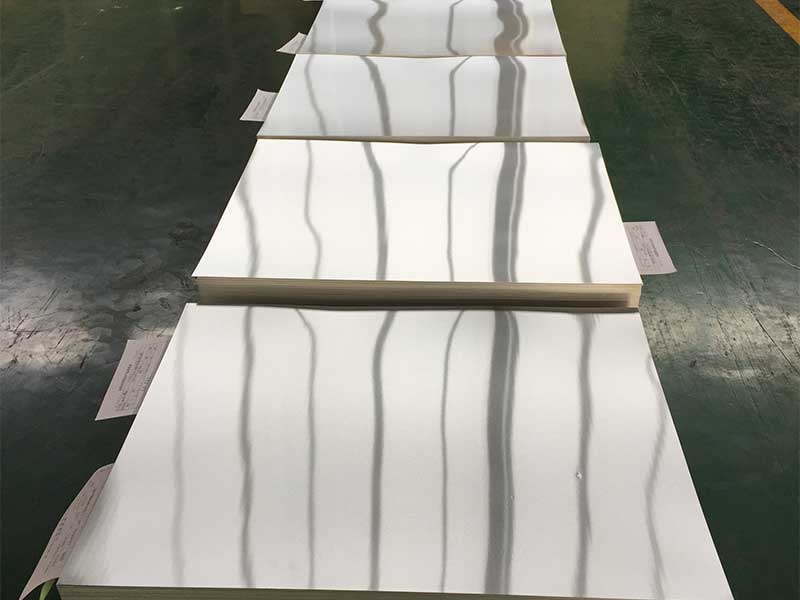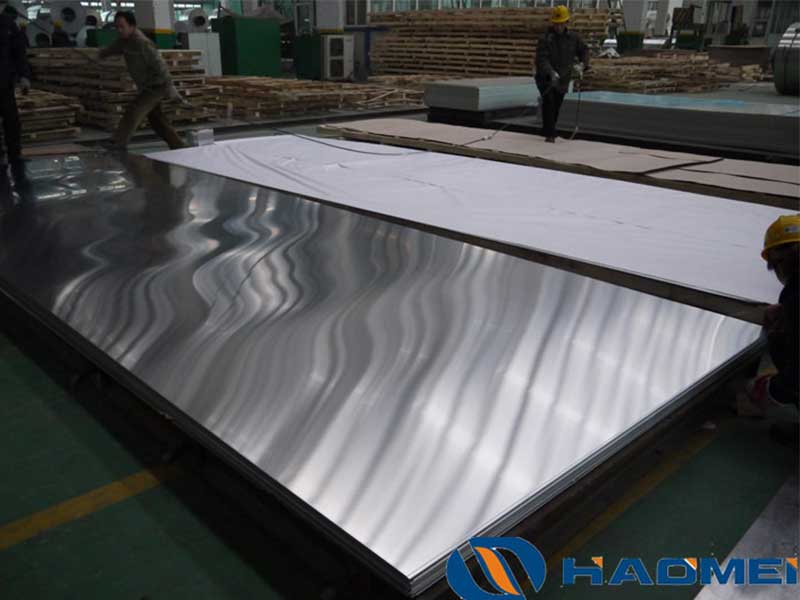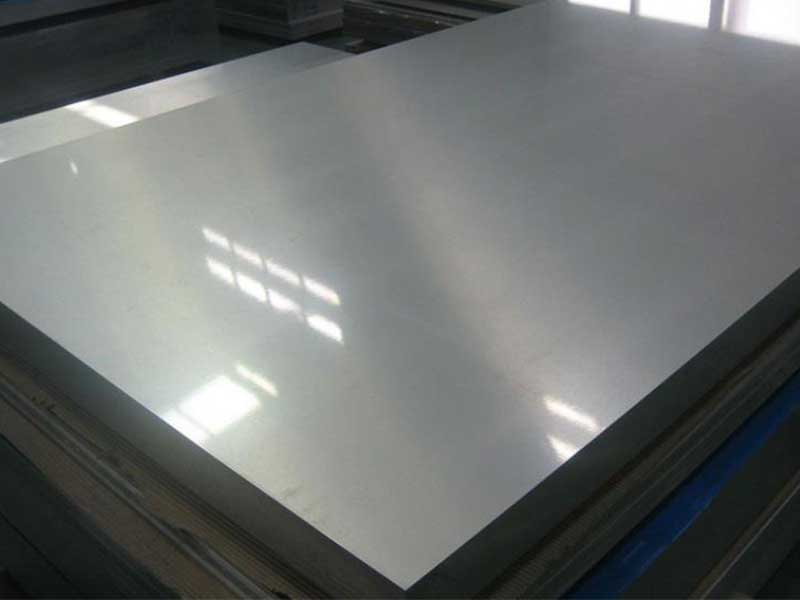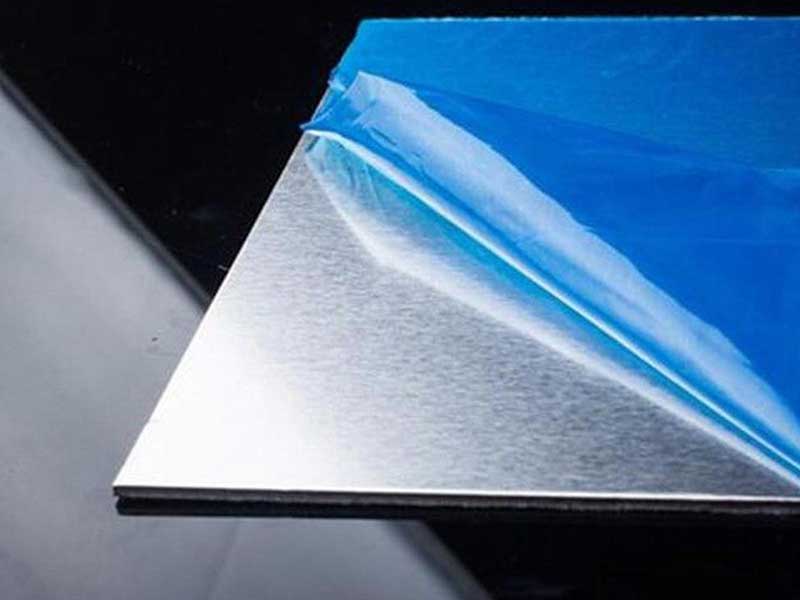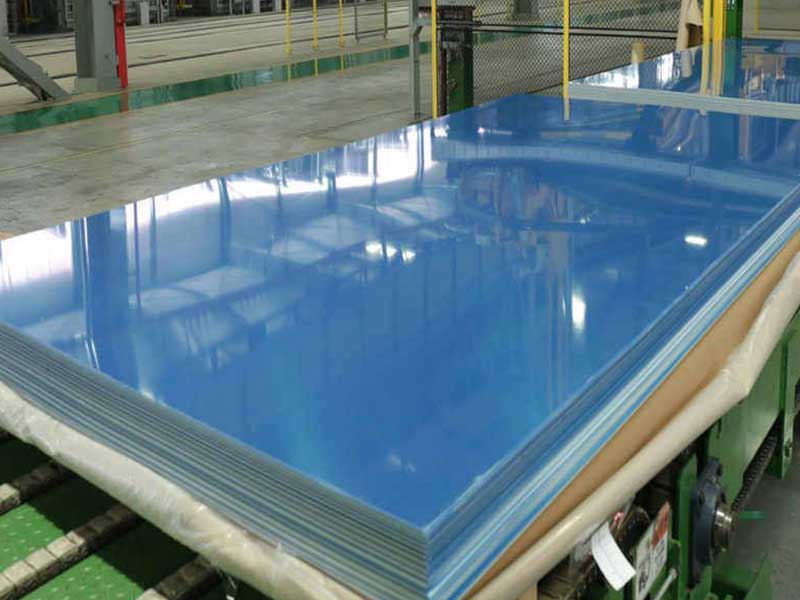Anodized aluminum sheet 1050 1060 1070 1100 H14 H24
When it comes to versatile and lightweight metals, aluminum often steals the spotlight — and anodized aluminum sheets provide unique properties that elevate this metal’s appeal, especially across industrial and creative applications.
What is Anodized Aluminum and Why It Matters
Before diving into specific alloys and tempers, it’s to grasp what anodizing entails. Anodizing is an electrochemical treatment that thickens the natural oxide layer on aluminum, creating a hard, porous surface that dramatically improves corrosion resistance, wear endurance, and aesthetic appeal. This process not only makes aluminum sheets more durable but also allows coloring options while maintaining the metal’s eco-friendly essence.
Working with anodized aluminum sheet in 1050, 1060, 1070, and 1100 alloys, specifically in the H14 and H24 tempers, reveals distinct processing challenges and opportunities. The 1050 series, being the purest, anodizes beautifully with a consistent, even finish, making it ideal for applications requiring superior corrosion resistance and a bright, reflective surface. However, its softness (H14/H24) necessitates careful handling to prevent scratching and marring during fabrication and finishing. Conversely, the slightly harder 1100 alloy offers slightly improved scratch resistance, but can sometimes present challenges in achieving a uniformly thick and even anodize layer, requiring precise control of the anodizing process parameters. The variations between H14 (slightly softer) and H24 (slightly harder) tempers within each alloy affect the ease of forming and the final surface texture after anodization.
A insight from experience lies in the interplay between alloy composition, temper, and the desired anodize thickness. Thicker anodize layers offer superior corrosion protection but can potentially lead to dimensional changes and affect the final product's tolerances. Furthermore, the choice of dye and sealing process significantly impacts the final aesthetic appearance and durability. For instance, while a vibrant color might be desired, it's crucial to consider the potential for dye bleeding or fading over
The Four Star Alloys: 1050, 1060, 1070, and 1100
All these alloys belong to the 1xxx series, renowned for being more than 99% pure aluminum. Their ultra high purity offers excellent electrical and thermal conductivity, along with striking corrosion resistance—which sets the prime stage for anodizing processes.
- 1050 Alloy: This alloy strikes an excellent balance of workability and strength, often preferred hydraulics and chemical applications due to its superior corrosion resistance.
- 1060 Alloy: Slightly purer, 1060 features incredible ductility and malleability; this makes it beloved in crafting thin sheets and foils.
- 1070 Alloy: With approximately 99.7% aluminum, it shares similar qualities with 1060 but usually boasts enhanced surface finish, catering well to decorative purposes.
- 1100 Alloy: One of the industry’s most commonly specified pure aluminum materials, it excels in forming and has high corrosion resistance, often favored in commercial architectural panels and kitchen utensils.
The Role of Tempers: H14 and H24 Explained
To fully understand the mechanical behavior of these anodized sheets, the temper designation—reflecting the degree of cold working and heat treatment—is crucial.
- H14 Temper: This temper refers to aluminum that has been strain-hardened to a “quarter hard” state. The H14 alloy exhibits increased strength and hardness while keeping decent flexibility. This makes it highly suitable for components that require sturdiness without becoming brittle.
- H24 Temper: Representing a strain-hardened “three-quarter hard” state followed by partial annealing, H24 offers a slightly softer and more ductile alternative to H14, providing better formability in applications with complex bends.
Features Unveiled
Each alloy in combination with these tempers offers a suite of notable features after anodizing:
-
Enhanced Surface Hardness Anodization drastically increases the surface hardness of all these alloys—helpful in resisting scratches and wear, especially for 1050 and 1100 alloys in harsher environments.
-
Corrosion and Oxidation Resistance Pure aluminum alloys typically resist corrosion well, but anodizing adds formidable protection in aggressive agents like salts, acids, and urban pollution—ideal for 1060 and 1070 in outdoor furniture facades or marine components.
-
Improved Aesthetics with Versatile Finishes The anodized oxide layers produced on these alloys create a natural, attractive sheen with options to add colors without paint peeling risks, prominent in architectural decorative panels or signage applications.
-
Lightweight Strength Combination While pure aluminum alloys aren’t the strongest, the work hardening in H14 and H24 tempers boosts tensile strength without significant weight increase, making these sheets perfect for transportation or electrical casings emphasizing portability without compromising protection.
Where Do These Anodized Aluminum Sheets Excel?
Thanks to their unique chemical makeup and temper blend after anodizing, multiple industries harness their advantages.
- Architectural Applications: Facades, roofing sheets, and trims utilize anodized 1100 or 1050 H24 sheets for corrosion resistance and visual longevity, combined with flexibility to bend and install with ease.
- Electrical and Electronics Industry: The excellent conductivity of alloys 1060 and 1070 paired with light cold work in H14 temper is well-suited for electronic housings, heat sinks, or printed circuit components.
- Decorative and Signage Solutions: Thanks to their smooth anodized finish and colorability, anodized sheets in 1070 alloy add vibrancy and durability in billboards and nameplates.
- Kitchenware and Food Equipment: Non-toxic and easy to clean, anodized 1100 H24 excels in cookware, trays, and food processing equipment needing high hygiene and corrosion resistance.
- Aerospace and Transportation: Where weight savings and corrosion protection matter, anodized H14 tempers provide stiff yet lightweight shells and components frequently replacing heavier metal alternatives.
https://www.al-alloy.com/a/anodized-aluminum-sheet-1050-1060-1070-1100-h14-h24.html


